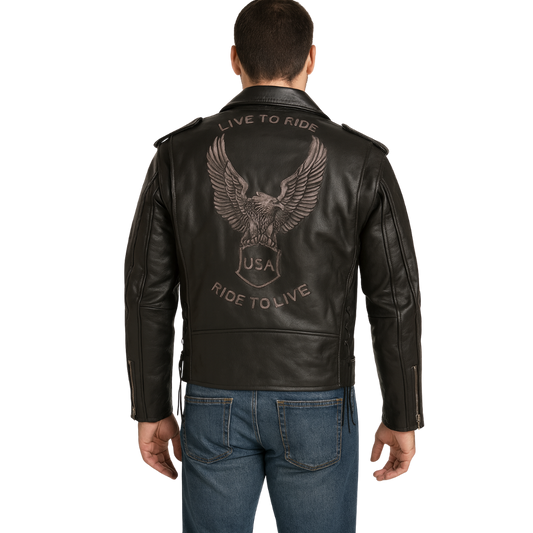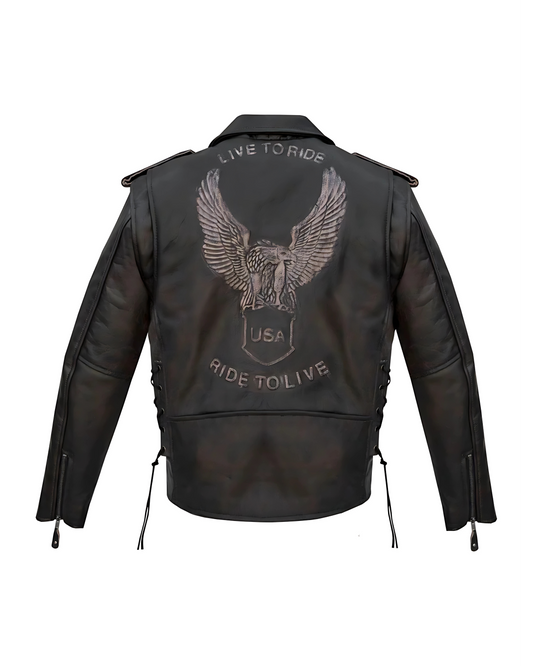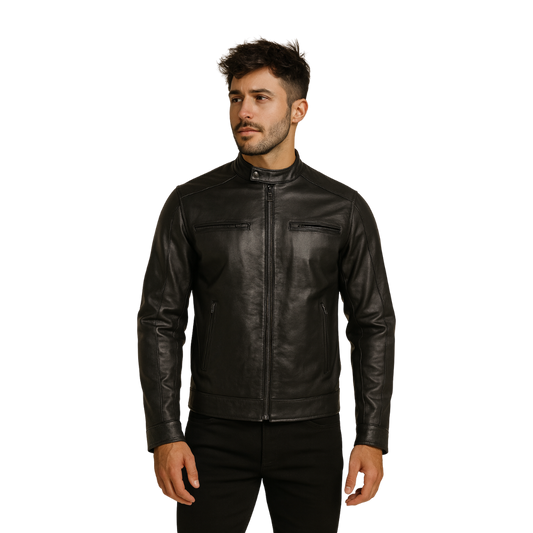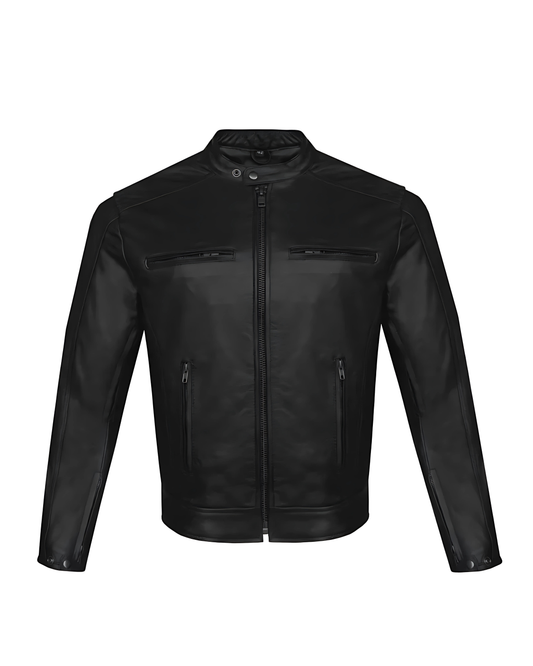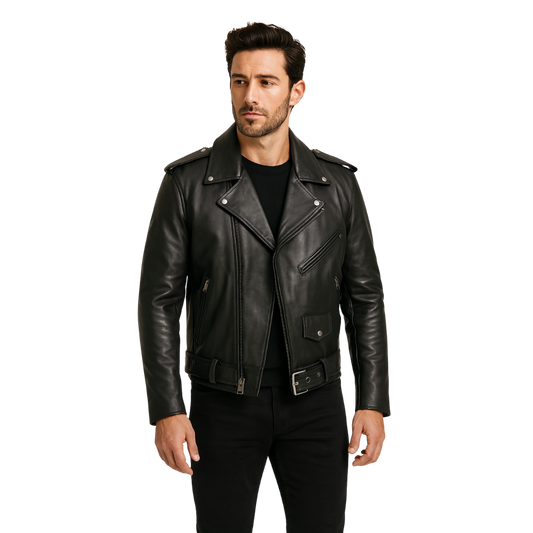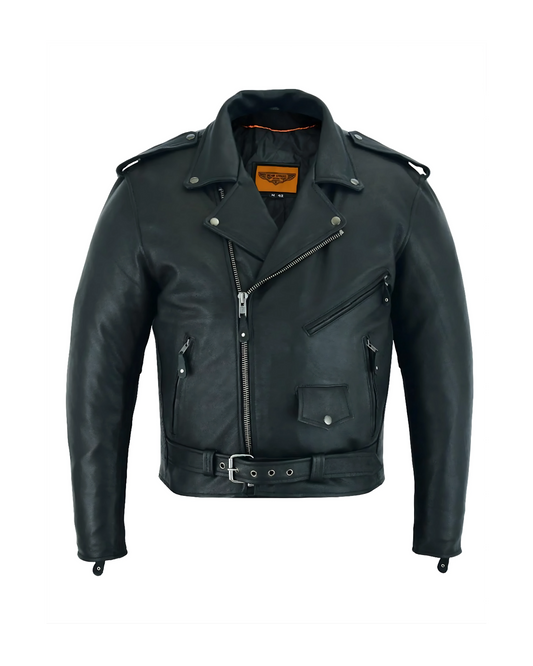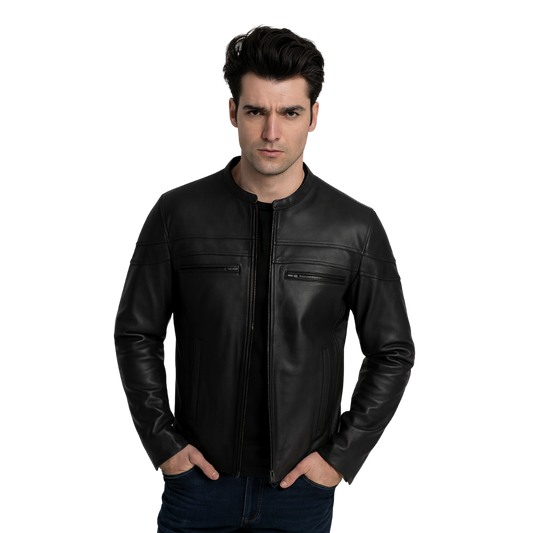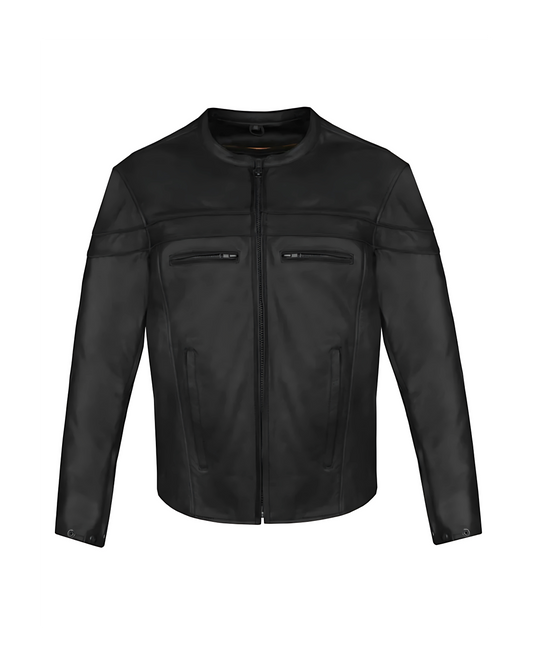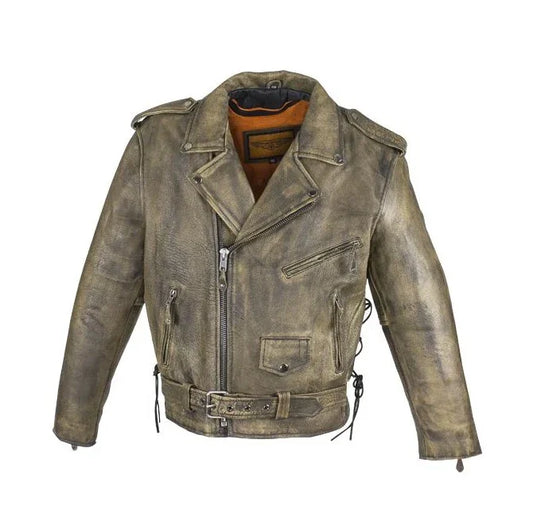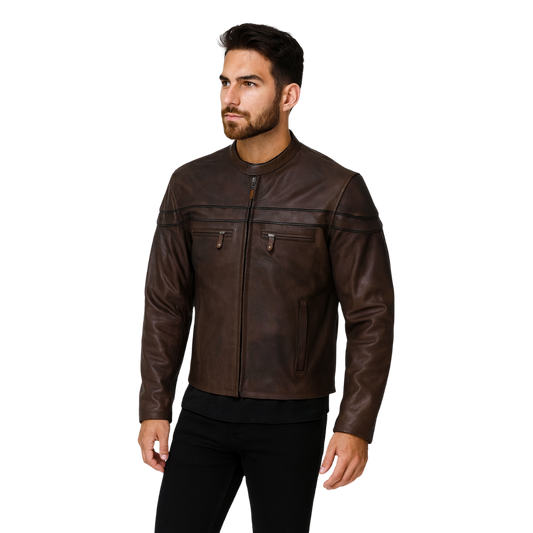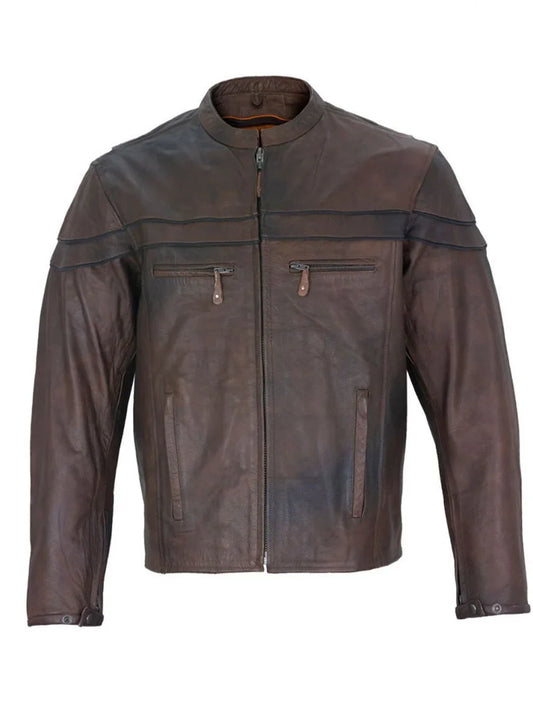Full-Face vs. Open-Face Helmets: Pros and Cons
When it comes to motorcycle helmets, riders are often faced with a choice between full-face and open-face helmets. Each type offers its own set of advantages and disadvantages, impacting factors such as safety, comfort, style, and convenience. At Wide Wing Store, we understand the importance of making an informed decision when selecting the right helmet for your riding needs. This comprehensive guide will explore the pros and cons of both full-face and open-face helmets to help you decide which is best for you.
Full-Face Helmets
Pros:
- Superior Protection: Full-face helmets provide the highest level of protection among helmet types. They cover the entire head, including the chin and jaw, which are particularly vulnerable areas in an accident. The continuous outer shell significantly reduces the risk of serious head injuries.
- Weather Resistance: These helmets offer excellent protection against various weather conditions. The full-face design shields your face from rain, wind, dust, and debris, ensuring a more comfortable ride in adverse weather.
- Noise Reduction: Full-face helmets are typically better at reducing wind and road noise, making for a quieter and more enjoyable ride. This is especially beneficial for long-distance touring, where reduced noise fatigue can make a significant difference.
- Improved Aerodynamics: The sleek, enclosed design of full-face helmets enhances aerodynamics, reducing drag and improving stability at high speeds. This can contribute to a smoother, more efficient ride.
- Integrated Features: Many full-face helmets come with built-in features such as sun visors, Bluetooth connectivity, and advanced ventilation systems. These added conveniences can enhance the overall riding experience.
Cons:
- Heat and Ventilation: Full-face helmets can become hot and stuffy, particularly in warm weather. Although modern helmets are designed with ventilation systems, they may not provide sufficient airflow for some riders, leading to discomfort on hot days.
- Weight and Bulk: These helmets are generally heavier and bulkier than their open-face counterparts. The added weight can cause neck fatigue, especially on longer rides or for riders not accustomed to wearing a full-face helmet.
- Restricted Vision and Hearing: The enclosed design can limit peripheral vision and reduce hearing sensitivity. While modern full-face helmets strive to minimize these issues, they can still affect situational awareness compared to open-face helmets.
- Convenience: Putting on and taking off a full-face helmet can be less convenient, particularly for riders who frequently stop and start. The need to remove the helmet for eating, drinking, or having a conversation can be a minor inconvenience.
Open-Face Helmets
Pros:
- Enhanced Comfort and Ventilation: Open-face helmets offer superior airflow, making them more comfortable in hot weather. The open design allows for better ventilation, keeping riders cool and preventing heat buildup.
- Improved Visibility and Hearing: With an open-face helmet, riders benefit from an unobstructed field of vision and better hearing. This increased situational awareness can contribute to safer riding in certain scenarios.
- Lightweight and Less Restrictive: These helmets are generally lighter and less bulky, reducing neck fatigue and offering a more comfortable riding experience, especially for those who ride frequently or for long distances.
- Ease of Use: Open-face helmets are easier to put on and take off. They allow riders to quickly access their face for drinking, eating, or communicating without removing the helmet entirely.
- Classic Style: Many riders prefer the vintage or classic look of open-face helmets. They offer a nostalgic appeal and can complement the style of certain motorcycles, such as cruisers and retro bikes.
Cons:
- Reduced Protection: The most significant drawback of open-face helmets is their reduced level of protection. They leave the chin and jaw exposed, increasing the risk of facial injuries in an accident. While they protect the top, back, and sides of the head, they do not offer the comprehensive protection of a full-face helmet.
- Exposure to Elements: Open-face helmets do not shield the face from weather conditions, debris, insects, or dust. Riders are more exposed to rain, wind, cold, and other environmental factors, which can be uncomfortable and distracting.
- Increased Noise Levels: Without the enclosed design, open-face helmets allow more wind and road noise to reach the rider. This can be tiring on longer rides and may impact the overall riding experience.
- Lack of Integrated Features: Open-face helmets typically lack the advanced features found in full-face helmets, such as built-in sun visors or Bluetooth connectivity. Riders may need to purchase additional accessories to achieve the same level of functionality.
Making the Right Choice
Choosing between a full-face and an open-face helmet ultimately depends on your priorities and riding style. If safety is your primary concern, especially for high-speed or long-distance riding, a full-face helmet is the best option. It provides comprehensive protection and additional features that can enhance your overall riding experience.
On the other hand, if you prioritize comfort, convenience, and style, an open-face helmet may be more suitable. It offers better ventilation, ease of use, and a classic look that many riders appreciate, particularly for leisurely rides or urban commuting.
At Wide Wing Store, we offer a wide range of both full-face and open-face helmets to cater to all types of riders. Our selection includes top brands and models that meet the highest safety standards while providing comfort and style. Whether you are looking for maximum protection or a stylish, comfortable ride, we have the perfect helmet for you.
Visit our store or browse our online catalog to explore our extensive collection and find the helmet that best suits your needs. Our knowledgeable staff is always available to assist you in making an informed decision and ensuring you ride safely and comfortably.

